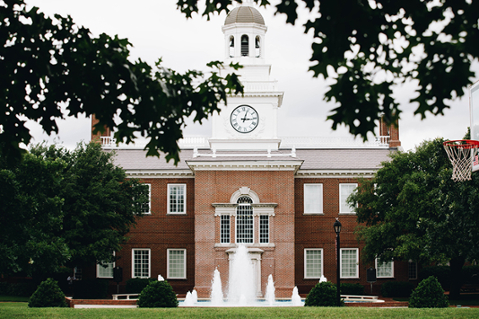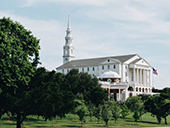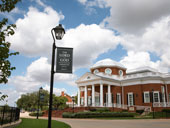Honoring our Founding and Celebrating our Future

Today we will celebrate the Fourth of July, the date upon which members of the Second Continental Congress set forth a declaration signifying a shift in their relationship with Great Britain.
For months, colonial forces clashed against British soldiers in response to laws passed by the British government with little to no input from the colonists themselves. This lack of representation cut to the very core of what it meant to be a British citizen, and the cousins in the colonies believed that they had every right to express their grievances through boycotts, protests, and armed conflict. Parliament did not agree.
So on July 4, 1776, colonial representatives signed their names to a declaration that the actions of the British crown had violated basic human rights, and in response, the only course of action was to permanently sever the ties with Great Britain and form a new government, answerable to the people and driven by the ideals of life, liberty, and the pursuit of happiness.
Thus began the United States. But not quite yet.
The Declaration of Independence was just that, a declaration from one side. For Parliament, the colonists were still British citizens, just in rebellion. The document did little to change the actual circumstances of daily life in North America. The war carried on for years, with battle after bloody battle, the final conflict of which was at Yorktown in 1781, and even then the war itself wasn’t officially over until the following year at the Treaty of Paris.
Thus began the United States. But not quite yet.
The Colonial Congress had given way to a make-shift government, a confederation of independent states, bound together more by a common enemy than a common idea. That government proved weak and ineffective, with a desperate need for change, so a new group came together to create a new government, giving birth to the U. S. Constitution.
Thus began the United States. But not quite yet.
It took months for a new, more top-heavy government to be ratified by the states. Each had to determine how this increased federal power would impact local and state power, as well as individual rights. And even after the ratification and formation of the United States in 1788, as well as the election of the first president, more work had to be done to create amendments to that document, ensuring limits for government and protection of individual freedoms, amendments that we know today as the Bill of Rights.
So on December 15, 1791, some 15 years after the Declaration of Independence was signed, the United States of America, armed with a standing government, a carefully crafted constitution, its own national leader, and a set of ammendments further defining the rights of citizens and the limitation of the government, could finally declare itself to be fully formed, exuding the ideals upon which it was founded.
But not quite yet.
July 4, 1776, didn’t produce a fully formed ideal America. Even now, nearly 250 years later, that ideal country is still a work in progress.
Sins of the past in many ways were codified into law, and people who had the same God-given rights as everyone else, at least according to the high ideals set forth in the Declaration, were far too often denied their very life, liberty, and pursuit of happiness.
Sadly, our country is still far from the ideal image of what the United States could be. How unreal is it that we have to remind ourselves that black lives matter, or that the lives of immigrants matter or unborn children or the poor or the homeless? Doesn’t the ideal of the Declaration itself state that so explicitly?
But this is our history; we are an imperfect people trying to form a more perfect union. Now more than ever we must acknowledge that and engage this very uncomfortable truth.
There is an unstoppable ideal that drives the concept of America, and while we can champion this ideal and applaud our progress through the years, we cannot celebrate the concept fully until it is a reality available to every person who calls America home.
In August of 1963, Dr. Martin Luther King, Jr., standing on the steps of the Lincoln Memorial, turned America’s attention back to this document. He pointed to the great irony of America by stating that the promissory note of the Declaration had come back to those in the African American community marked “insufficient funds.”
Yet he did not leave it there. King refused to believe that the “bank of justice” was bankrupt. Instead, he pointed people to the ideal of the Declaration, calling upon the country to “make real the promises of democracy.” Through his amazing work and the work of so many others, America took a step forward towards fulfilling that promise, but we are still on that journey.
That is the beauty of the Declaration. Yes, it is a document whose ideals remain to be fulfilled, but it is also a document that inspires and drives us to press on, standing side-by-side with our fellow citizens and ensure that the great dream of this country’s beginning becomes a reality for all for years to come.
Dr. Blake Killingsworth serves as DBU Vice President for Communications, as well as an adjunct professor in U. S. History, Church History, and Leadership.








